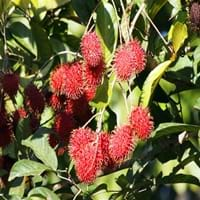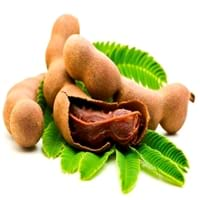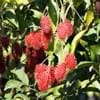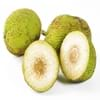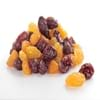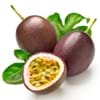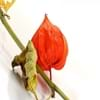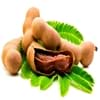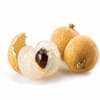Health Benefits
Anti-oxidant properties, Boosts immune system, Skin rejuvenation, Strengthening of bones
Boosts immune system, Boosts respiratory health, Cancer prevention, Digestive aid, Piles treatment
General Benefits
Antiseptic properties, Cures headache, Removes waste from kidney
Beneficial in improving nerve function, Protects against parasites and worms, Relieves pain
Skin Benefits
Hydrates skin
Anti-aging benefits, Brightens and lightens complexion, Exfoliates skin, Hydrates skin, Treatment of dark spots
Hair Benefits
Good conditioner
Prevents hair loss
Allergy Symptoms
Chest pains, Rhinitis, Wheezing
Abdominal pains, Breathing difficulty, Dizziness, Eczema, Fainting, Hives, Itching, Nasal congestion, Swelling of face, Tingling sensation in mouth, Vomiting
Side Effects
Unknown
Decrease in blood sugar levels, Induces acid reflux, Allergic reaction, Tooth decay, May form gallstones
Best Time to Eat
As a snack in the late afternoon, Don't consume at night and before bed, Eat the fresh ones, avoid mixing with any other foods, don't eat after meal., Morning time (before lunch)
Along with meal, As a snack in the late afternoon, Don't consume at night and before bed, Strictly avoid empty stomach
Vitamin B5 (Pantothenic Acid)
Vitamin C (Ascorbic Acid)
Vitamin K (Phyllochinone)
Calories in Fresh Fruit with Peel
Not Available
Calories in Fresh Fruit without Peel
Not Available
Calories in Canned Form
Not Available
Calories in Jam
Not Available
Calories in Pie
Not Available
Type
Tree fruit, Tropical
Tropical
Season
Early summer, Early winter, Late fall, Late spring
Spring, Summer
Varieties
Rongrien, Chompu, Rapiah, Bingjai and Lebak Bulus
PKM 1, Urigam, Hasanur, Tumkur prathisthan, DTS 1 and Yogeshwari
Color
Coral red, Yellow
Brown, Reddish-brown
Inside Color
Greyish-white
Brown
Shape
Round
Curving Cylinder
Taste
Sour, Sweet
Sour-Sweet
Soil Type
Clay, Loam
Loam, Sandy, Sandy loam, Well-drained
Climatic Conditions
Humid
Humid to dry, Rainfall, Warm to hot climate
Facts about
- Oils extracted from its seeds is used to make soaps and candles.
- 'Rambut' means hairy in Malay.
- It makes the best hair mask.
- Seeds are edible and healthy too.
- Tamarind is used to prevent body odor.
- African children use the tamarind seeds in games.
- No cases of tamarind toxicity or allergy reported till date.
Top Producer
Thailand
India
Other Countries
Africa, India, Indonesia, Malaysia, Philippines, Sri Lanka
Africa, Australia, Brazil, China, Mexico, Nigeria, Sudan, Taiwan
Top Importer
Singapore
United States of America
Top Exporter
Thailand
Thailand
Botanical Name
Nephelium lappaceum
Tamarindus indica
Synonym
Rambota
Tamarindo, tamarindus
Subkingdom
Tracheobionta
Tracheobionta
Division
Tracheophyta
Magnoliophyta
Class
Magnoliopsida
Liliopsida
Family
Sapindaceae
Fabaceae
Genus
Nephelium
Tamarindus
Species
N. lappaceum
Tamarindus indica
Generic Group
Not Available
Tamarind Sub
Difference Between Rambutan and Tamarind
We might think that Rambutan and Tamarind are similar with respect to nutritional value and health benefits. But the nutrient content of both fruits is different. Rambutan and Tamarind Facts such as their taste, shape, color, and size are also distinct. The difference between Rambutan and Tamarind is explained here.
The amount of calories in 100 gm of fresh Rambutan and Tamarind with peel is 69.00 kcal and Not Available and the amount of calories without peel is Not Available and 239.00 kcal respectively. Thus, Rambutan and Tamarind belong to High Calorie Fruits and High Calorie Fruits category.These fruits might or might not differ with respect to their scientific classification. The order of Rambutan and Tamarind is Sapindales and Fabales respectively. Rambutan belongs to Sapindaceae family and Tamarind belongs to Fabaceae family. Rambutan belongs to Nephelium genus of N. lappaceum species and Tamarind belongs to Tamarindus genus of Tamarindus indica species. Beings plants, both fruits belong to Plantae Kingdom.
